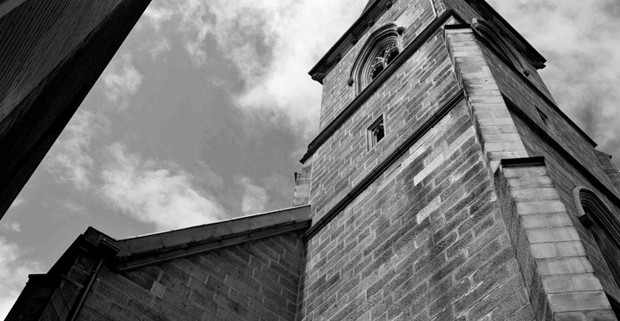Hector Abrahams, director and principal at Hector Abrahams Architects, specialises in heritage buildings. His focus is to resolve the relationship between existing structures and new developments – an architecture of continuity.
Architecture & Design spoke to Abrahams about his interest in heritage buildings, the challenges of working with church buildings and his work on the Sydney GPO project.
You have an interest in heritage buildings. Why do old buildings interest you?
I grew up in the old city of Maitland in the Hunter Valley. My parents commissioned a new house in 1958 of pretty modern timber and aluminium, into which they placed lots of old family furniture. I played with the architect’s model and saw how architects work. I was interested in how our possessions and furniture fit into the new house. Old buildings speak to me – they have more to say as you get to know them and, as time passes, like classical music, more can be understood. I like that process.
There can be a lot of challenges associated with heritage buildings. What has been the most challenging project you have worked on?
The most challenging might be the burnt-out Jersey Road Uniting church in Woollahra, which I repurposed as a row of four houses. The ruins were made into something that was very serious about its original architectural form, but then made to work as houses. It looks easy enough, but it wasn’t. The challenge was to make sure the old building was credibly dealt with and to make good houses that were comfortable and at ease in their unusual setting.
What has been your favourite project to work on?
They are all good and I don’t tire of the work. However, Christ Church St Laurence meant a lot to me as the project saw the important buildings worked on seriously for the first time in a long time. The work ensures the long-term future of a remarkable place of public Christian worship.

Christ Church St. Laurence. Image: Emilio Cresciani, courtesy of Hector Abrahams Architects.
You have worked on the iconic Sydney GPO building. Can you tell A&D about that project?
I was part of a large team led by Ian Stapleton and had special responsibility for the great colonnade on Martin Place and the central courtyard space. I have noticed, in the years since it opened, how there are always people in this courtyard, proving that it really is Sydney’s greatest indoor-outdoor space.
You have also worked on several churches. What are some of the challenges involved in church projects?
Making it count. Churches are for the long-term, and faith communities have such different needs from decade to decade. It is most important to recognise this. A good church has to be able to withstand the vicissitudes of church life, and to have an enduring aesthetic. Let all architects reflect on what response to their aesthetic work they expect from future generations.
I am attending the 'Preserving the Metropolis Conference' [Association for Preservation Technology International] in New York City in mid October and I am really looking forward to hearing about technologies for conserving historic structures and their settings, particularly the sessions on churches.
What is your favourite building to visit and why?
I go out of my way to walk in the main quadrangle of the University of Sydney. It is a complete and enduring architectural conception. It has responded to form, culture, materials, and construction over a long time.

